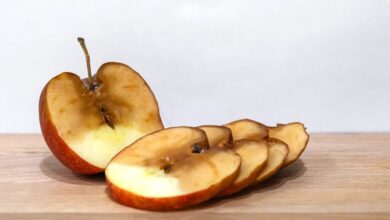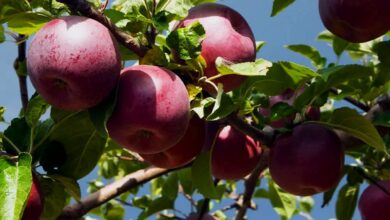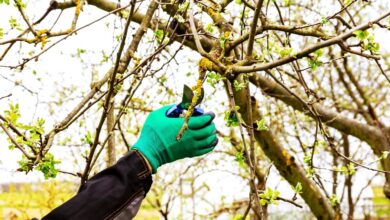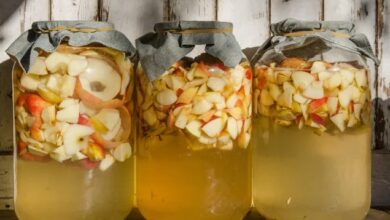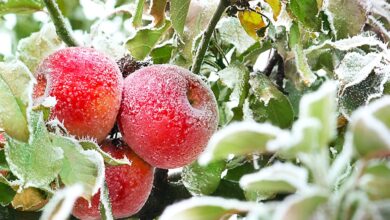What Is Apple Cork Spot and How Can You Treat It Naturally?
Apple Cork Spot Explained: Causes, Symptoms, and Treatment Solutions
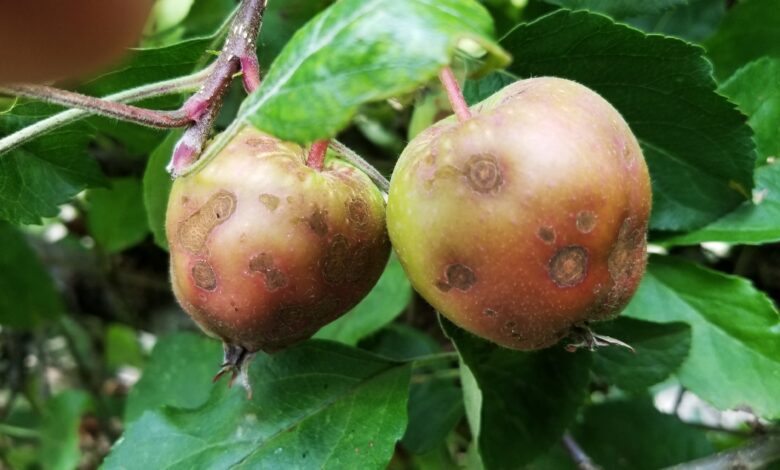
Preventing Apple Cork Spot: Effective Tips for Home Gardeners
When you harvest your apples, you find that many of them have small indentations on their surface that lead to larger, corky, discolored areas. The apples only have apple cork spot disease; don’t panic—they’re still edible. Continue reading to learn about apple cork spot on apple trees and how to treat it.
Apple Cork Spot: What Is It?
The quality and aesthetic appeal of apples are impacted by apple cork spot disease. Similar to other apple fruit disorders like Jonathan spot and bitter pit, it is a physiological condition. Apples with cork spot don’t taste any worse, even though it makes the fruit look unappealing. Apple cultivars that are susceptible to cork spot include Delicious and Golden Delicious, as well as York Imperial. It is frequently misdiagnosed as hail damage, fungal illness, or insect damage.

June is when the disorder first manifests, and it persists throughout the fruit’s growth. As the apples grow, small green depressions in the skin will enlarge to discolored, corky areas on the outside skin that range in size from ¼ to ½ inch (6 mm to 1 cm). Apple cork spot disease is caused by a decrease in the availability of calcium in developing fruit. Cork spot and other apple fruit disorders are more common when there is low soil pH, light cropping, and overly vigorous shoot growth.
How to Handle Apple Cork Spot
Apple cork spot treatment calls for multiple controls. Ideally, the site should be amended with agricultural ground limestone at planting, based on the findings of the soil test. After planting, additional limestone needs to be added every three to five years. Once more, to ascertain whether and how much limestone needs to be added, rely on an annual soil test. Cork spot may be less common with the use of calcium sprays. For every 100 gallons (378.5 L) of water, mix 2 pounds (1 kg) of calcium chloride, or 1.5 tablespoons (22 ml) for every gallon (4.5 L) of water. Apply two weeks after full bloom in four separate sprays. Continue every ten to fourteen days. When the temperature rises above 85 degrees Fahrenheit (29 degrees Celsius), do not apply calcium chloride. Because calcium chloride is corrosive, make sure you completely rinse the sprayer after using it. In late July or early August, remove any overgrowth and water sprouts.
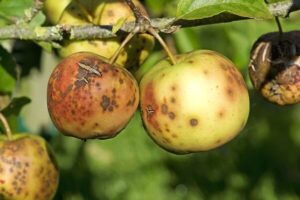
Reduce or stop adding nitrogen to the soil for a period of one to two years in order to curb overgrowth. If all of this seems like too much work, rest assured that apples with apple cork spot can still be eaten raw, dried, baked, frozen, and canned, even though they may not look as good. Simply trim off and dispose of the corky spots if they irritate you.

